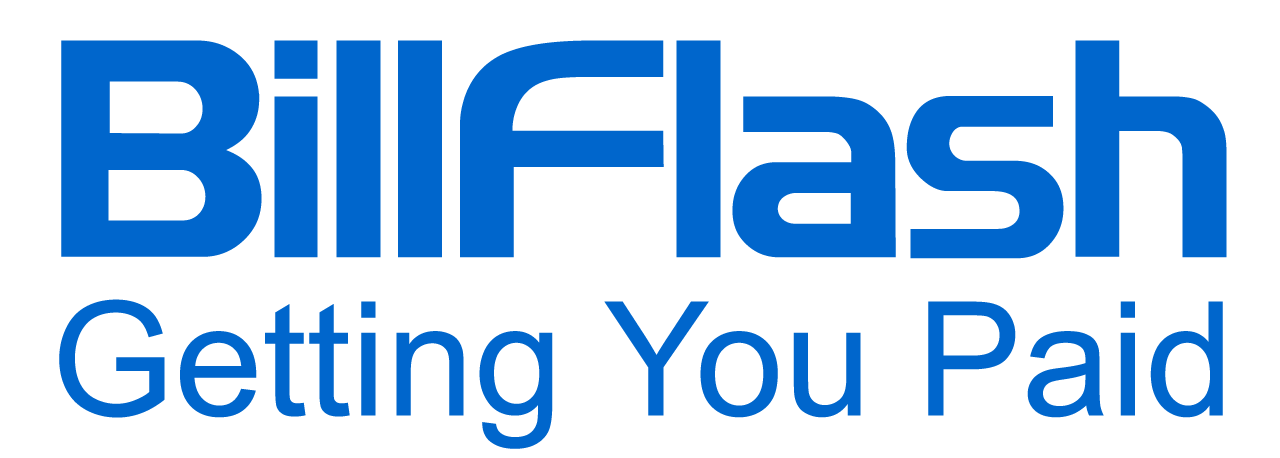Navigating insurance reimbursements is a challenge for many healthcare practices. Here, we provide tips to help your practice thrive.
Dealing with insurance reimbursements is a constant pain point for healthcare providers. There are endless piles of paperwork, deciphering codes that change from time to time, and having to fight tooth and nail for claims reimbursement.
With costs always rising, maximizing insurance revenue is a make-or-break for a successful practice. But navigating the claims and payment maze feels like a losing battle, especially because denials and lowball reimbursements can seriously hurt the bottom line. The good news is that when you know the healthcare insurance landscape well, you can maximize revenue.
Understand the Insurance Landscape
Staying on top of the health insurance world is key to maximizing insurance reimbursements. In fact, there are main plan types like HMOs and PPOs, each with its own fine print and hoops to jump through. Payment rates and coverage vary widely depending on the specific insurer and plan details. Government programs have strict rules, and they will reject claims if you don't dot every I and cross every T in their policies. It's important to constantly stay updated on changes affecting reimbursement and eligibility. Get to know the plan options in your area like the back of your hand.
- Learn the main plans your patients have, including private, Medicare, and Medicaid.
- Explain how plans like HMOs and PPOs work so patients get their coverage.
- Set clear payment policies upfront so patients know what to expect.
- Recognize how the shift to value-based care impacts insurer payments.
- Watch for signs of fraudulent claims to avoid problems and stay on good terms with insurers.
- Regularly review and renegotiate contracts to get better rates.
- Keep your staff in the loop on insurance developments.
Accurate Patient Data Collection

To receive timely and full insurance reimbursements, having accurate patient information is critical. Front desk staff should collect thorough demographics, carefully note the exact name of the insurance plan, take down member IDs, and make copies of cards for each visit.
Details like plan type (HMO, PPO, etc.), deductible status, copays, pre-authorizations required, and more should also be gathered and verified. Keep patient profiles updated with changes to insurance coverage. Scrutinize eligibility to ensure active coverage. Correct data will prevent claim rejections and delays due to inaccurate information.
- Involve patients in giving accurate information by explaining why you need it. They'll provide correct details when they understand the impact.
- Confirm coverage is active before providing services – don't assume your records are current.
- Photocopy insurance cards and double-check that the details match your records. Typos do happen!
- If anything seems off, call the insurer directly with the patient there to verify. It only takes a few minutes but avoids issues.
- Remind patients to notify you if their coverage changes, like at annual visits.
- Periodically audit processes to identify any data errors — fresh eyes can spot issues.
- Gather information on social factors like living conditions that can impact health outcomes.
Efficient Claims Submission
Submitting clean claims quickly and accurately is also imperative; electronic claim filing using practice management software allows for fast transmission and tracking. Claims should be completed carefully with proper codes and details to avoid rejections for errors, and required attachments and documentation should also be included.
- Verify patient insurance is active before providing services.
- Organize paperwork in a way that streamlines workflow.
- Create checklists and staff roles.
- Automate parts of the process to reduce manual errors.
- Regularly check aging reports to catch unpaid, rejected, or claims that are stuck in limbo.
- Train staff regularly on claim submission procedures to keep them up-to-speed.
Coding and Documentation
Proper medical coding is crucial for insurance reimbursements—it hinges greatly on the accuracy of diagnostic and procedural codes. Medical coders must select codes that precisely represent the health services provided, based on clinical documentation. Both ICD-10 codes for diagnoses and CPT codes for procedures play a role.
- Avoid vague language when documenting patient visits.
- List all diagnoses as well as services provided to fully reflect the clinical picture.
- Have coders periodically review documentation from providers to ensure accuracy.
- Do audits to catch any documentation or coding problems.
- Provide coders and clinicians with coding resources and tools.
- Designate staff to follow up on outstanding documentation and coder questions.
- Develop a system for regular communication between coders and providers.
Stay In-Network
Becoming an in-network provider with major insurance plans maximizes revenue because it ensures set fees and prompt insurer payments. Plus, patients get maximum benefits by seeing in-network providers. Apply to join insurance networks in your area, and once approved, market yourself as an in-network provider. Overall, offering in-network services expands your patient base and revenue.
- Consider joining more networks to increase your patient reach.
- Renegotiate contract terms regularly for the best rates possible.
- Promote your in-network status in marketing materials to attract patients.
- Explain the benefits of in-network providers to patients.
- Keep your information current with insurers to prevent issues.
- Collaborate with other in-network providers through referrals.
- Request regular feedback from patients as well as insurers to improve your services.
Appeal Denied Claims

Recent reports show that health insurance claim denials are on the rise, and dealing with these denied claims has become a major challenge in healthcare practices. In a study by Experian Health, 75% of the 200 health professionals surveyed revealed that claims are denied between 5-15% of the time. Alarmingly, almost one-third see 10-15% denials! This means substantial dollars lost or delayed, underscoring the need to minimize denials.
Common reasons for denials include coding errors, incomplete documentation, failure to obtain pre-approvals, issues with eligibility, timely filing issues, and more. Denial letters from insurers specify the rationale behind each one. But just because a claim is denied initially does not mean anyone has to accept that outcome.
Appealing denials can lead to approval, ensuring providers get paid. Understanding the main denial reasons and recognizing the value of appeals also allows you to start addressing the problem.
- Learn the most common reasons for denials, like coding mistakes or missing information.
- Carefully review denial letters to understand the specific rationale.
- Gather relevant records, letters, as well as documentation to support your appeal.
- Write a clear appeal letter explaining why the claim should be paid.
- Follow up regularly on the appeal status.
- Track all communication and documents related to the appeal.
- Use denials as a learning experience to improve future billing practices.
Negotiate Reimbursement Rates
The rates of insurance reimbursements also directly impact practice revenue—lower rates equal less payment per service. When possible, negotiate with payers to improve rates within current contracts. Explain how your practice provides quality, cost-effective care. Discuss competitor rates, acceptable margins, overhead, as well as clinical efficiencies when negotiating. Remember to be open to compromise because even small rate increases per service can positively impact overall revenue.
- Compare your rates to those of similar practices in your area.
- Use practice data to demonstrate the quality and value of your care.
- Highlight patient satisfaction scores to showcase the value you provide.
- Leverage any unique services you offer during negotiations.
- Emphasize the value of long-term relationships with insurers.
- Consider volume discounts for insurers who bring in more patients.
- Schedule periodic contract reviews to ensure terms stay competitive.
Embrace Technology
Technology enhances efficiency and convenience in managing insurance reimbursements. Electronic records systems enable detailed clinical documentation—a cornerstone of successful claims. Claims scrubbing software checks for errors before submission to avoid rejections, and online portals allow easy claim submission to multiple major payers at once. In addition to software and online portals, mobile apps enable claims tracking on the go. In fact, staying current on innovations is essential for optimizing revenue through smooth reimbursement cycles.
- Use technology for appointment reminders to reduce no-shows.
- Implement telehealth services to increase billable services.
- Use secure systems to protect patient data and comply with HIPAA.
- Verify your systems can communicate with insurer systems for easy data exchange.
- Offer patient portals for easy access to records, scheduling, and bill pay.
- Use real-time eligibility verification technology.
- Implement coding tools to reduce errors and denials.
Educate Your Staff

Every staff member also plays a vital role in the process of insurance reimbursements. Ongoing training ensures everyone stays up-to-date on changing payer policies, documentation guidelines, as well as billing best practices. Foster open communication and accountability—this enhances teamwork and workflow. Remember that providing the right tools and technology also supplements skills and efficiency. After all, an educated, collaborative staff is the best defense against revenue leakage.
- Hold regular workshops on new insurance protocols.
- Offer flexible online learning options.
- Encourage peer knowledge sharing and discussion.
- Consider investing in external courses or certifications.
- Communicate coding as well as policy changes to keep staff in the loop.
- Tailor training to each practice role.
- Ask for staff feedback on training programs and improve as needed.
Maximize Revenue With BillFlash
Even small steps to optimize processes and use technology can substantially impact the bottom line. BillFlash Revenue Cycle Management services provide an end-to-end solution for optimizing the revenue cycle, focusing on identifying and implementing revenue maximization opportunities. With the right focus and expertise, your practice can thrive financially despite the complexities of insurance reimbursements. Schedule a demo today to see how BillFlash can maximize your insurance revenue and create great financial experiences between you and your payers.

